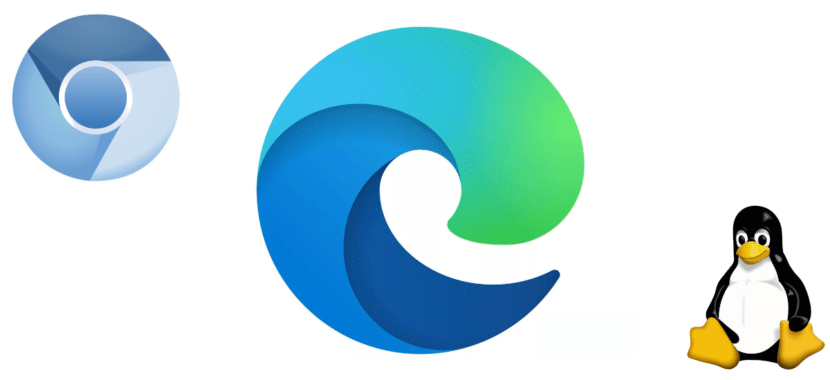

It's just as likely that Edge's dismal adoption rate - used on just 10% of all Windows 10 PCs when he declared the decision, 12% in December 2019 - and Chrome's overwhelming lead (67% of all personal computer-based browsing last month) were why Edge went Chromium.

More than a year ago, when Belfiore announced the revamp, he cited the same three altruistic motivations.Īlthough there's no evidence that Microsoft wasn't sincere, Belfiore's trio certainly weren't the only reasons. "A little over a year ago, we announced our intention to rebuild Microsoft Edge on the Chromium open source project with the goals of delivering better compatibility for everyone, less fragmentation for web developers, and a partnership with the Chromium community to improve the Chromium engine itself," Joe Belfiore, the top Windows executive, wrote in a Jan. Microsoft's sticking to its original answer. Why did Microsoft replace its own technologies in Edge with Chromium?

But now that Edge has gone live, it's time to answer important questions about the world's newest browser remodel. Microsoft is hoping to snap up some new users by getting those now running Chrome on Windows to reconsider. We'll be keeping tabs on Edge's share over the coming year.) (It may be just as unclear a year from now, for even though Edge now boasts a share of nearly 7%, much of that growth stemmed from Windows 10's gains, not the browser's.


 0 kommentar(er)
0 kommentar(er)
